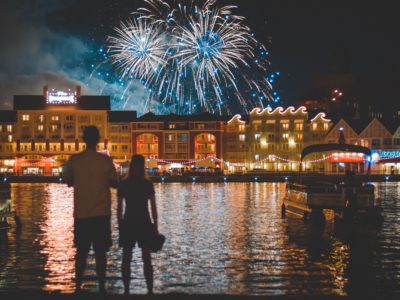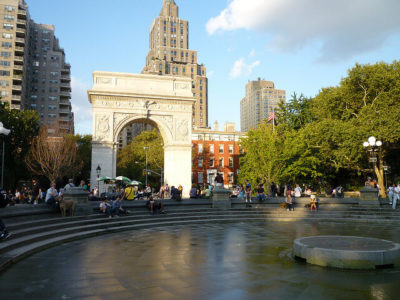Just because the weather has started to heat up, doesn’t mean people can forget about the COVID-19 pandemic. The Fourth of July is no exception. However, you don’t have to give up all fun and social activities, even on the busy holidays. While you might not be able to join a crowd to see the fireworks, you can still spend time with your family and friends, as long as you stay precautious.
Read on for some tips on how to celebrate the Fourth of July safely and in new creative ways.
1. Shift your perspective
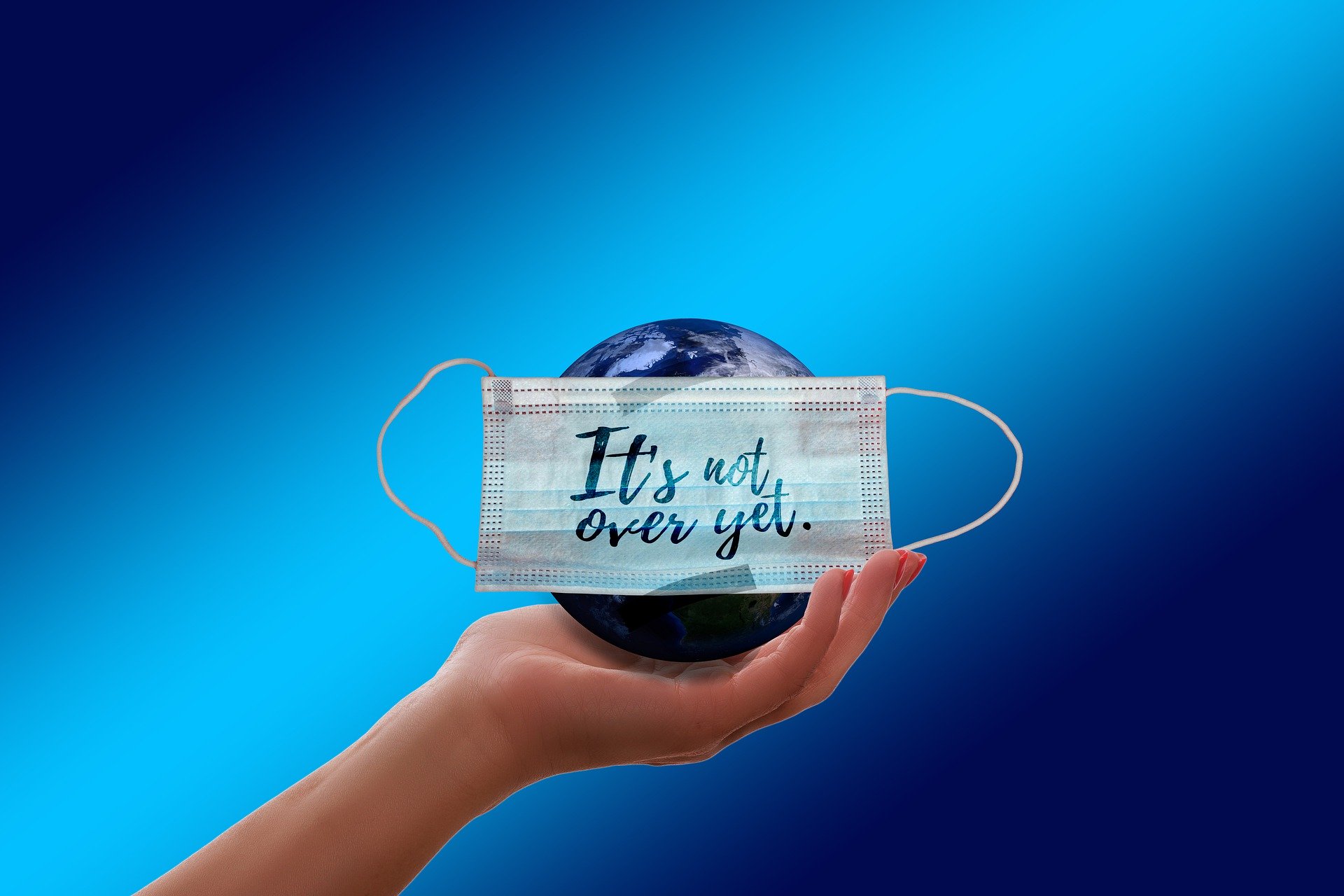
No one wants to miss fireworks or break the tradition of seeing family, but now is not the time to ease up on social distancing. Being aware and precautious of COVID will allow you to better prepare and do everything you can to keep you and your family healthy. “We’ve been stuck inside for so long and it’s hard to put into perspective,” said Jade Flinn, nurse educatory for the Biocontainment Unit at Johns Hopkins. “This is one of the more social times of the year, but social distancing is still a thing. You’re not just putting yourself at risk but others who are greater prone to [the] severity of illness because you brought something home with you.” Keeping the pandemic at the front of your mind might seem negative, but a part of celebrating our freedom on the Fourth of July includes our freedom to remain safe. When we prepare ourselves against COVID we express that freedom to safety and better protect our families.
2. Have an outdoor barbeque
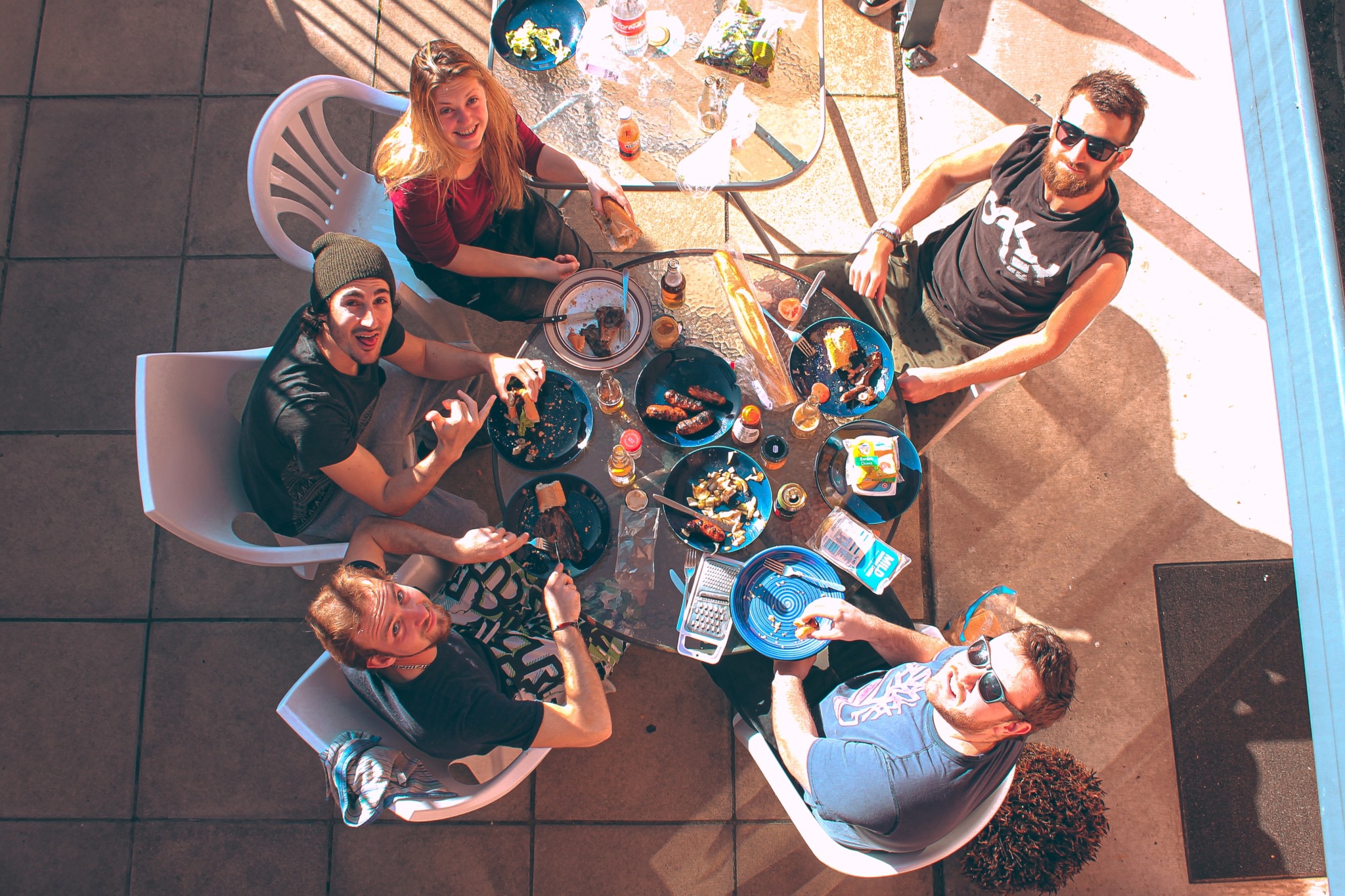
Many people think of holidays as a time to come together with family and friends. Even though you can’t celebrate as you normally do, by continuing to follow social distancing practices even within small groups, this Fourth of July can remain a way to see close family and friends. “My family is Italian American so there’s this really strong sense of family that was missing when we were all quarantining,” said Kiana Carver, a junior at Boston University from New York. “We’ve been really following regulations and taking it really seriously here, but we wanted to get together because we usually do something for holidays.” Joining together outside for a barbeque allows you to do something you’d normally be doing on the holiday, but keeping it in a non-enclosed space prevents the spread of COVID.
3. Have a candid talk about risk

If you decide to host family or friends in your backyard, having a candid conversation about the risks you pose to one another can ensure everyone’s safety. “Discuss with your family what types of risks do you have in your family. Is one of your kids on an immunosuppressant? What if you have an older person living in the household?” Flinn said. Evaluating the risk of seeing each other will help everyone feel safe and comfortable. However, before meeting up with anyone at a higher risk, make sure to practice extra caution. “You’re only as safe as your last exposure,” Flinn said. One incident can unknowingly expose you to COVID-19 and pose a threat to someone you care about. But you can act with more precaution once made aware of the risk level you pose to others in your family or friend group to better ensure everyone’s safety.
4. Develop your own barbeque protocols
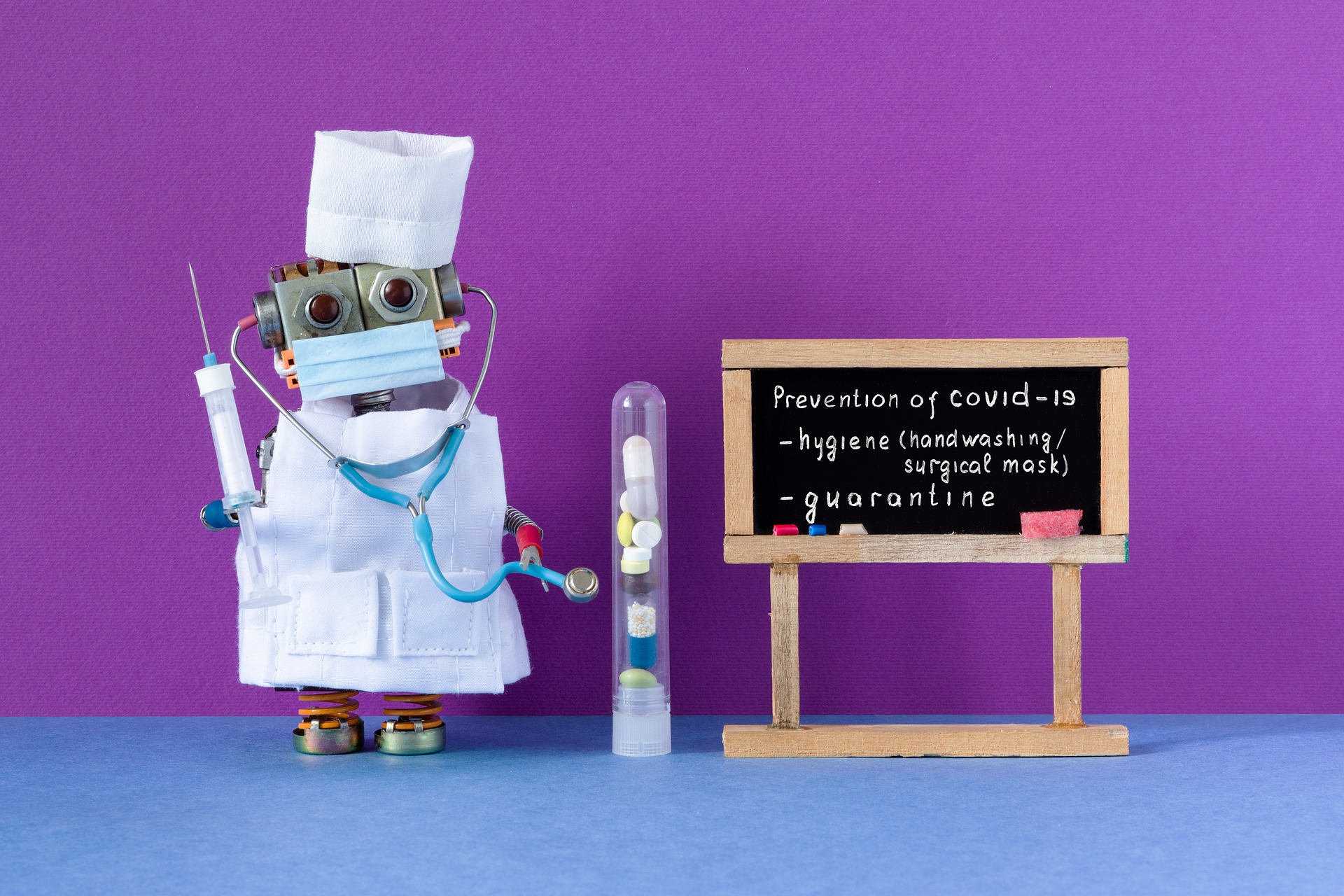
In order to keep everyone safe during the barbeque, you need to prepare a few things first. Make sure to buy some extra hand sanitizer and set up either a hand washing or sanitizing station outside. Also, try to limit people inside as much as possible. When people need to use the bathroom, make sure to provide paper towels in order to prevent any contamination when touching any surfaces. To be extra safe, guests can bring their own portable chairs.
5. Plan out your space
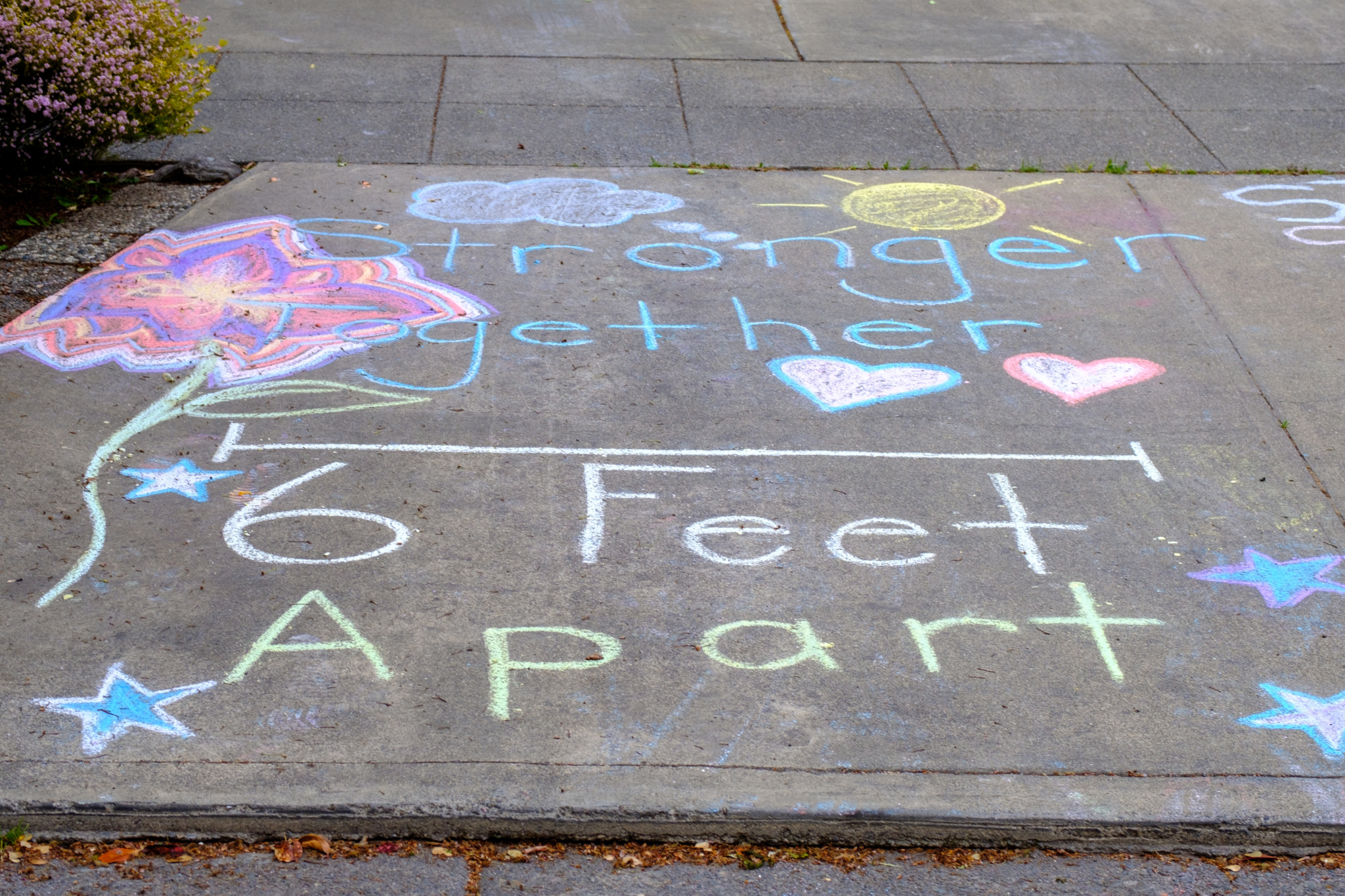
Keeping everyone a safe distance apart will be easier if you plan beforehand. Distancing chairs, blankets or tables can guide your friends and family to sit the appropriate and safe distance away. Seating people together by the household can also ensure fewer potential transmissions.
6. Have everyone bring their own food
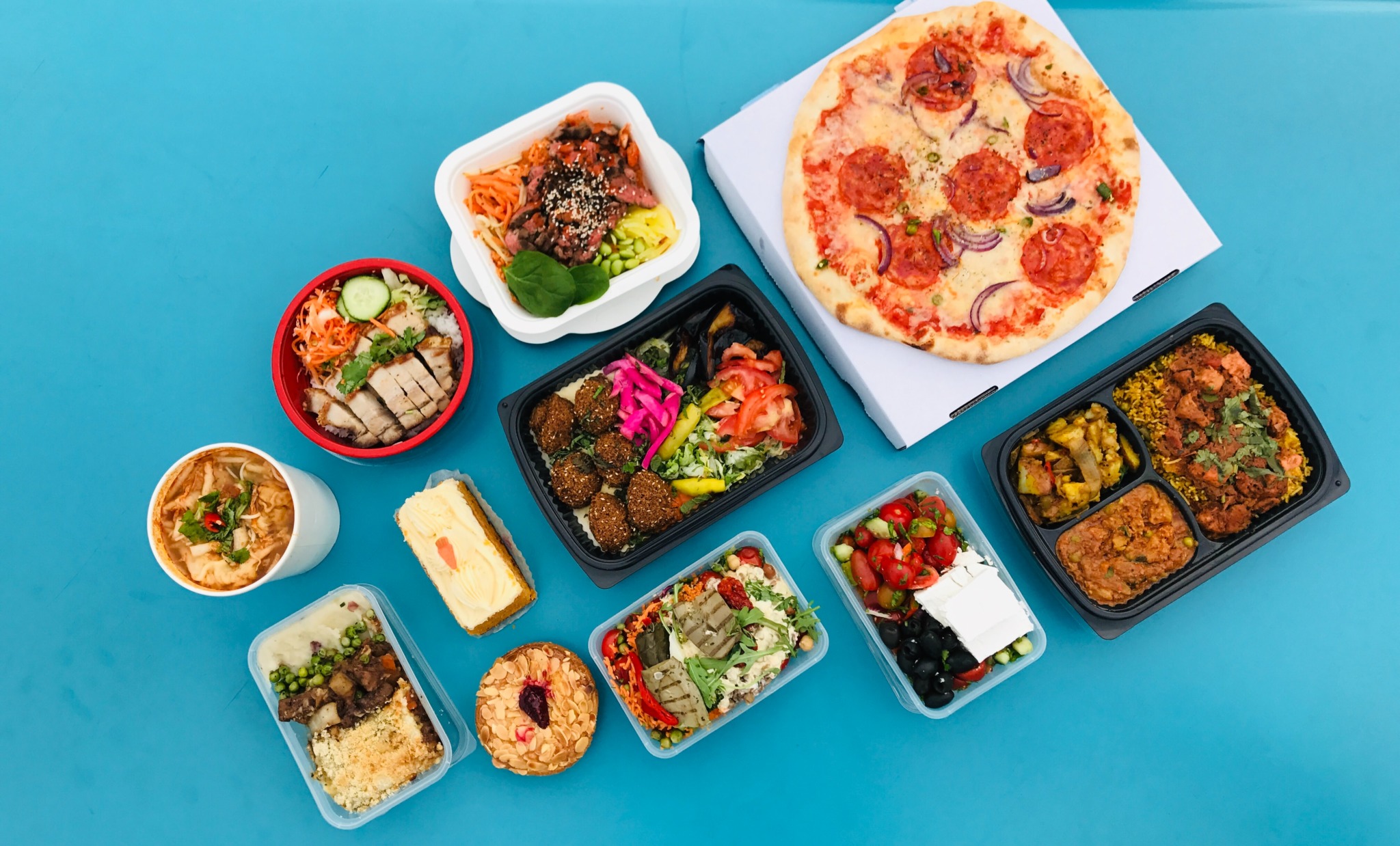
If you have any high-risk people attending, prevent cross-contamination entirely by having everyone bring their own food and drinks. This prevents people from touching the same pile of plates or napkins, grabbing at the same tongs or reaching hands into the same bowl for a snack.
7. Have a dedicated grill master

While it would be safest for everyone to bring their own food, that’s not a very fun barbeque. If you want to barbeque safely, make sure that as soon as the food finishes grilling, it goes straight onto the person’s plate, not out on a table. Placing things like burgers, bowls of chips or plates of fruit out on a table quickly becomes contaminated, especially if little kids are around. Instead, individually portion out anything not coming off the grill beforehand so that no one’s hands end up on someone else’s food.
8. Skip doing the dishes

Using biodegradable cutlery, cups and plates will not only save you time cleaning up but will prevent you from potentially touching something contaminated. Only the person who uses the item will touch it and then can throw it in the trash after eating, without worrying about producing unnecessary waste.
9. Keep the kids entertained safely

If keeping adults socially distanced is hard, keeping kids safely apart seems like an impossible challenge. But with an honest approach and creative ideas, even the kids can have fun while being safe. “It is definitely difficult to keep kids social distanced,” said Emily Carrara, an education paraprofessional in Hyde Park Massachusetts. “Depending on their age, it is hard for them to understand why it is so important. I think it is important to be honest with them and explain the pandemic in an age-appropriate way.” Reminding the kids about the reasons they need to social distance either before or after arriving at your family get together can help them keep safely apart. You can also make social distancing seem fun by getting them a mask they are excited to wear or encouraging contactless games. “This is really tough because children love to hug each other, but they could play games that don’t require contact like freeze dance or play with walkie talkies,” Carrara said. Soccer is another great game for social distancing that both kids and adults can play. Unlike other sports, no one will touch the same item with their hands, making soccer a safe and transmission-free game, as long as everyone keeps their distance.
10. Don’t be afraid to hop in the pool

Luckily for anyone with a pool in their backyard, it’s safe to take a dip. Chlorine kills germs, including viruses, so when swimming pools are maintained properly, the chlorine inactivates the coronavirus in the water. However, remember to maintain a safe distance, being above water still leaves you open to transmission.
11. See the fireworks from a different viewpoint

For many, fireworks symbolize celebrating the Fourth of July, but a large gathering of your community poses a large risk. In a crowd, it’s impossible to know whether other people had potential contact with COVID. “The risk is always going to be there and the risk and accountability is going to rely on you and everybody else,” Flinn said. “If you are going to go see fireworks, maybe stay in your car.” Besides driving close by and sitting in your car, you can also live stream fireworks from the comfort of your own home. Macy’s fireworks will air on NBC, the D.C. fireworks on PBS, and most local fireworks will run on your local news channel. To really go the extra mile, project the live stream for everyone outside to pretend like they’re watching it in person.
12. Avoid the hot spots

In spots like a busy bar or a firework show in a crowded park, you cannot control your surroundings. This makes them high-risk areas for transmission. “I would absolutely not go to a bar right now, or a packed pool party, anything where I can’t put my arms out and do a circle over a couple of feet I would not go into because I’m putting myself in a situation I cannot control,” Flinn said. “When you put yourself in a crowded situation, you’re also putting yourself at risk of being in contact with somebody that you don’t know and so you won’t know how you got sick.” While it may seem like there is no greater risk gathering in a group of 50 than 15 at a park, the fewer people means the less chance of interacting with someone with COVID and, if someone becomes sick afterward, the greater chance of tracing the infection back to the source.
13. Have a small guest list

While keeping the gathering small not only helps prevent the likelihood of exposure to someone with the virus, it also helps figure out the line of infection in case it spreads. “It’s important to identify so that we can also alert others who may have been at that same level of exposure. So it’s not just like, ‘Okay, this is how you got sick’, but now ‘Who else was at risk of getting sick?’” Flinn said. “And so it’s kind of the benefit for not just yourself but for others, so that we can also see what that chain of infection is.” Doing this helps ensure everyone can receive testing and treatment as soon as possible if they were exposed to COVID in a small group. A gathering of the whole community makes it harder to trace exactly who encountered the virus and make sure they’re aware they carry the virus.
14. Take turns visiting your at-risk loved ones
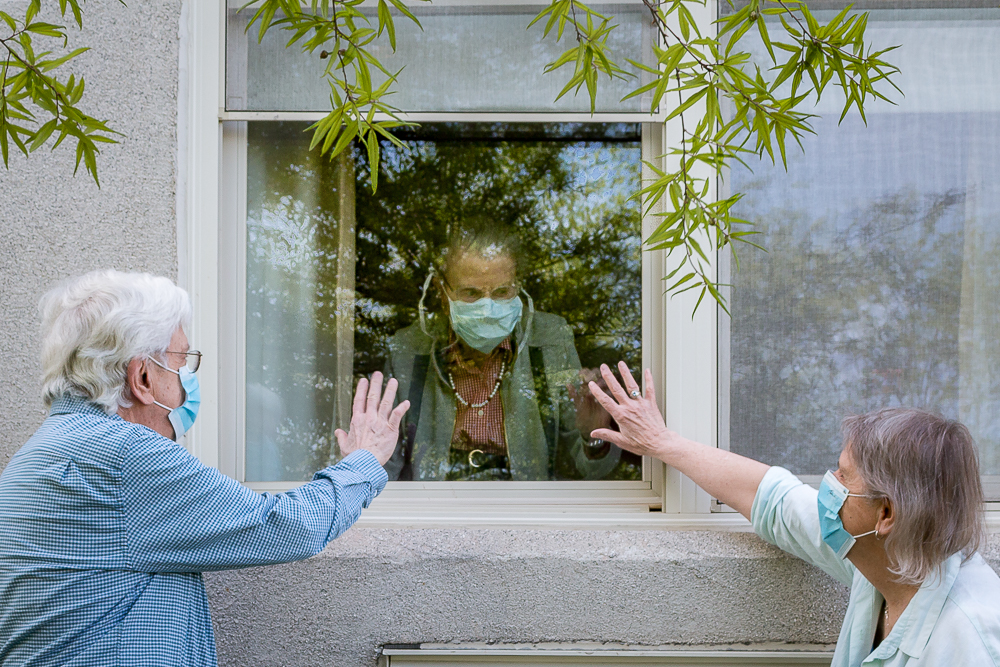
Sometimes, having a family member visit runs a risk too high for their own good, especially with our older or immunocompromised relatives. But just because they can’t join in the backyard barbeque doesn’t mean they have to be entirely left out. “My grandma, we try to see her for every single holiday. To make sure we didn’t interact with each other my family went out there at one o’clock and then my uncle and his wife went up at two o’clock,” Carver said. “So we all meet time slots so that our families weren’t overlapping because we all were trying to not interact. But we still are trying to see my grandma.” Going in shifts can help limit the spread because it prevents people from gathering in close quarters. It also helps better ensure proper social distancing for those most at risk. If taking turns or traveling to see at-risk loved ones isn’t an option, utilizing apps like Skype or Zoom can help keep the family connected in this unusual time.
15. Remember what freedom means

When we celebrate the Fourth of July, we celebrate freedom, and that includes our freedom to remain safe. In taking precautions against COVID-19 we express that freedom. However, it is important to remember not all Americans have the same freedom of safety. As our nation brings to light the racial injustices Americans of color still experience throughout our country, the right to be safe becomes a privilege many of us don’t realize we have. While the Fourth of July might not represent freedom for all, with Black Americans only freed from slavery 88 years and 11 months later on the holiday known as Juneteenth, as most Americans celebrate the idea of freedom and patriotism, the most patriotic thing you can do is to continue to advocate for freedom and safety for all. These conversations may be hard to have, but, on a day as important to Americans as the Fourth of July, it’s important not to shy away from them. You can also do your part to help Americans of color by first, listening to people of color, and then by signing petitions calling for justice, donating to verified charities or buying from Black-owned businesses for Fourth of July and in the future.

